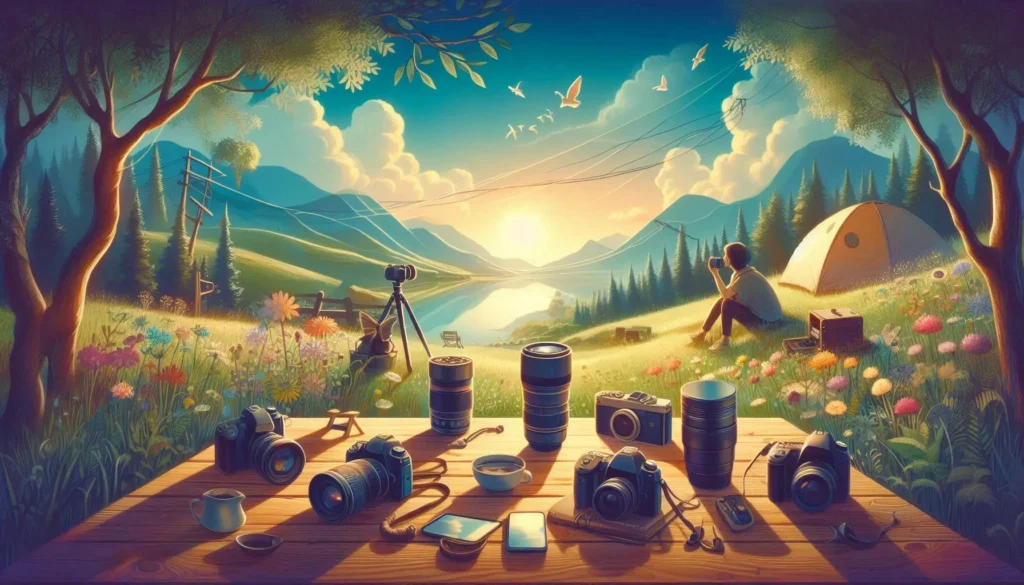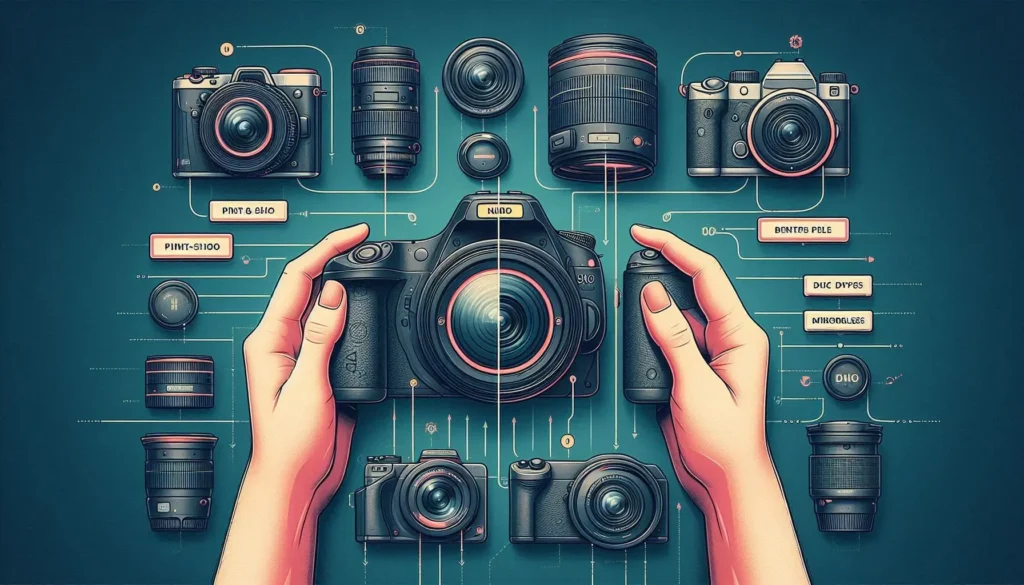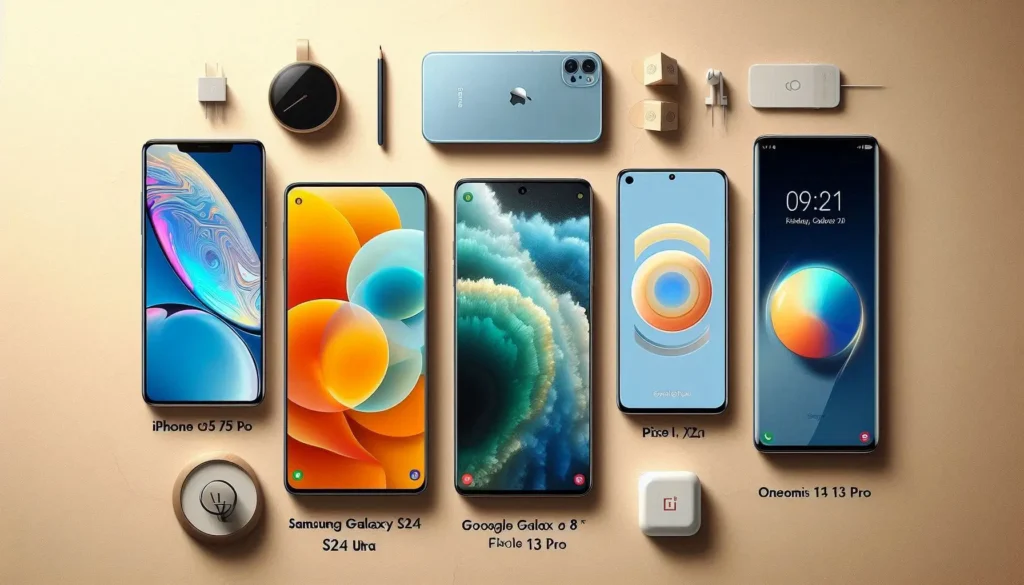In today’s digital age, photography has become more accessible than ever. With smartphones boasting impressive camera capabilities, many budding photographers might wonder whether investing in a dedicated camera is worthwhile. For those serious about enhancing their photography skills, choosing the right camera is a crucial first step. This ultimate guide aims to help beginners understand the various camera types, features to consider, and tips for making an informed purchase decision.
Why Invest in a Dedicated Camera?
While smartphones are convenient for casual captures, they often lack the versatility, image quality, and manual control that dedicated cameras provide. Here are several reasons to consider investing in a dedicated camera:
- Image Quality: Dedicated cameras typically have larger sensors, which capture more light and detail, resulting in superior image quality.
- Lens Options: Interchangeable lens systems in DSLRs and mirrorless cameras allow for greater creativity and adaptability to various shooting conditions.
- Manual Controls: Dedicated cameras provide manual settings for exposure, aperture, and shutter speed, allowing photographers to experiment with and develop their skills.
- Performance: Dedicated cameras often excel in low-light conditions, have quicker autofocus, and allow for rapid shooting bursts.
Camera Types for Beginners
When choosing a camera, understanding the different types available is essential. Here are the most common types of cameras suitable for beginners:
1. Point-and-Shoot Cameras
Point-and-shoot cameras are compact, easy-to-use devices perfect for casual photographers who want better quality than their smartphones can provide. These cameras are lightweight and typically feature automatic settings that simplify the photography experience.
Pros:
- Compact and portable
- Simple to operate
- Generally more affordable
Cons:
- Limited manual controls
- Fixed lens, which may not allow for versatile shooting options
Ideal for: Casual photographers or travelers who want a lightweight camera without the complexities of manual settings.
2. DSLRs (Digital Single-Lens Reflex Cameras)
DSLRs are the quintessential choice for many beginners. They feature a mirror mechanism and an optical viewfinder, allowing photographers to see exactly what they’re capturing through the lens.
Pros:
- Interchangeable lenses for various shooting styles
- Excellent battery life
- Robust build quality and durability
Cons:
- Bulkier than other camera types
- Longer learning curve due to manual controls
Ideal for: Beginners wanting to dive deeper into photography and willing to dedicate time to learn about settings and techniques.
3. Mirrorless Cameras
Mirrorless cameras are gaining popularity, offering many benefits of DSLRs but in a smaller, lighter package. They use electronic viewfinders or LCD screens instead of optical viewfinders.
Pros:
- Compact and lighter than DSLRs
- Fast autofocus capabilities
- Interchangeable lenses for versatility
Cons:
- Battery life is generally shorter than DSLRs
- Electronic viewfinders can be less accurate in bright light
Ideal for: Beginners who want a balance of performance and portability with an interest in future upgrades.
4. Smartphone Cameras with Advanced Features
While not a dedicated camera, smartphones with advanced photography features are worth considering. Many current high-end models offer manual controls, RAW shooting options, and extensive app support.
Pros:
- Highly portable and always on hand
- Extensive editing apps for on-the-go enhancements
- Connect easily to social media for instant sharing
Cons:
- Limited sensor size compared to dedicated cameras
- Fixed lenses with less versatility
Ideal for: Beginners who prefer a multi-functional device and want the convenience of smartphone photography.

Key Features to Consider
When evaluating different cameras, several key features can influence your decision. Understanding these features will help you choose the best camera based on your interests and needs:
1. Sensor Size
The sensor is critical as it directly affects image quality. Larger sensors generally yield better low-light performance and image details. Cameras typically feature one of these sensor sizes:
- Full Frame: Found in higher-end models, these sensors provide excellent image quality but come at a premium price.
- APS-C: A popular choice for many DSLRs and mirrorless cameras, offering good quality and reasonable size.
- Micro Four Thirds: Slightly smaller, but still capable of producing high-quality images, ideal for compact systems.
- 1-inch Sensors: Often found in point-and-shoots, this size is compact but still offers good quality.
2. Megapixels
While it’s a common misconception that more megapixels always result in better images, they do matter. Megapixels primarily determine the resolution of your photos; for most beginners, 16-24 MP is more than sufficient for high-quality prints and web use.
3. ISO Range
ISO sensitivity determines the camera’s ability to capture images in low-light conditions. A broader ISO range allows photographers more flexibility in various lighting situations. Keep an eye out for cameras that perform well at higher ISO numbers to minimize noise in low-light conditions.
4. Autofocus System
A robust autofocus system is crucial, especially for fast-moving subjects. Look for cameras with multiple focus points and quick focusing technology, such as phase detection or contrast detection.
5. Battery Life
Long battery life is essential for photographers who plan on shooting for extended periods. Check manufacturer ratings for battery longevity, and consider models compatible with battery grips for extended battery power.
6. Connectivity Options
Modern cameras often come with Wi-Fi, Bluetooth, or NFC capabilities, allowing for easy connection to smartphones and computers for sharing and editing photos.
7. Video Capabilities
If you’re interested in videography, many cameras offer full HD or 4K recording capabilities. Look for cameras with robust autofocus systems and stabilization features if you plan on shooting video.
Budget Considerations
When selecting a camera, it’s vital to consider your budget. While it’s tempting to go for high-end equipment, there are excellent options for every price range. It’s essential to factor in costs beyond just the camera body:
- Lenses: If you choose a DSLR or mirrorless camera, lenses can significantly impact your budget. Start with a basic kit lens and gradually invest in additional lenses.
- Accessories: Don’t forget to account for memory cards, camera bags, tripods, and other accessories that can enhance your photography experience.
- Software: Investing in photo editing software can also affect your budget, but it’s invaluable for post-processing your images.
Tips for First-Time Buyers
- Try Before You Buy: Whenever possible, visit a local camera store to handle different camera models. Get a feel for their ergonomics and weight.
- Read Reviews: Research online and check user reviews for insights about the performance and reliability of different cameras.
- Consider Future Growth: Choose a camera system that you can grow into. Investing in a body with interchangeable lenses allows for greater flexibility as your skills improve.
- Take a Class: Many stores offer photography workshops or classes. This can be an excellent opportunity to try out different equipment before committing.
- Join a Community: Engage in photography communities online or locally. They can provide support, tips, and recommendations based on real-world experience.
Conclusion
Investing in the right camera is a significant step for anyone serious about photography. With options ranging from point-and-shoots to DSLRs and mirrorless systems, it’s essential to understand your goals, budget, and the features most important to you.


